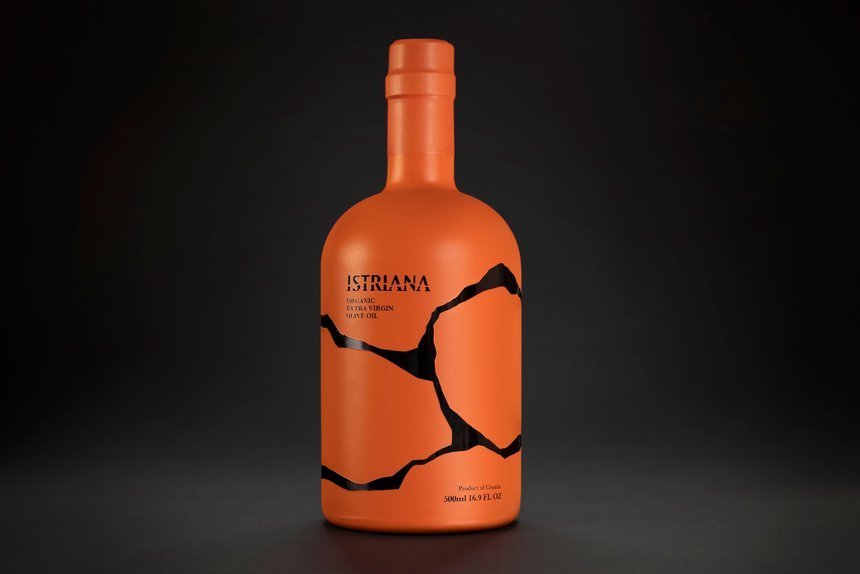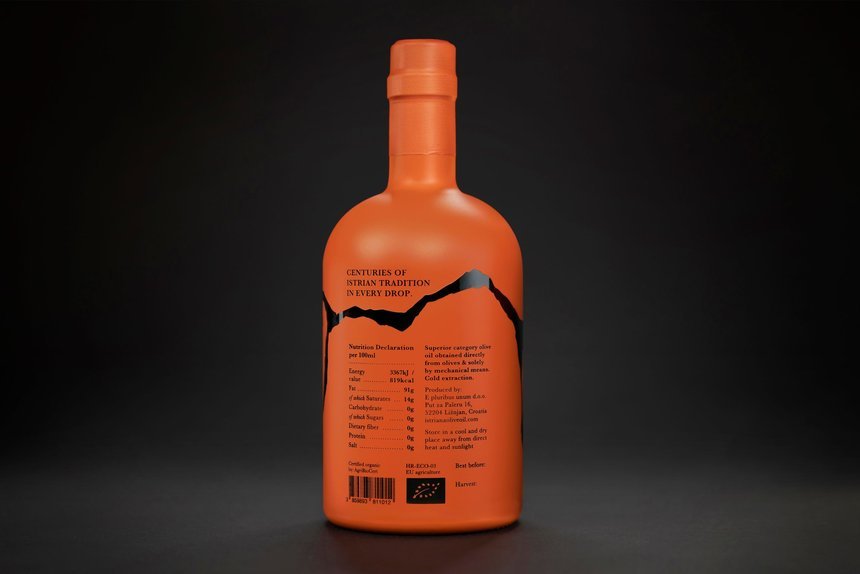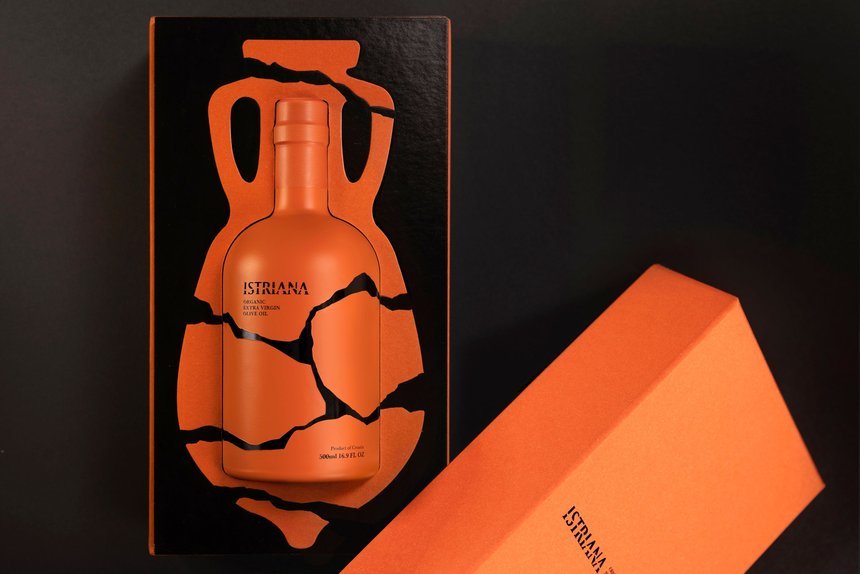Green Packaging Design Takes Center Stage in 2024
Pentawards, renowned for its celebration of exceptional packaging designs worldwide, has released its highly anticipated annual report, delving into the most prominent trends shaping the industry. The latest insights from Pentawards shed light on the evolving landscape of packaging design, spotlighting innovative approaches to sustainability and enhanced consumer engagement.
Drawing from a pool of over 2000 packaging entries spanning 64 countries, this year's report not only reflects on the past year's developments but also offers insights into future directions and innovative design concepts. Notably, the spotlight is on environmentally conscious design practices and a growing demand for transparency across product offerings. Let's take a look at the green packaging design trends for 2024!
Moving Parts
Stereoscope Olssøn Barbieri, Norway
One of the most interesting trends Pentawards has outlined is ‘Moving Parts’. 2024 is predicted to witness a surge in innovative paper packaging designs that elevate the unboxing experience and promote eco-conscious product delivery. Looking ahead, it is expected that more imaginative glue-free paper packaging will leverage paper's structural properties for sturdy, tactile, and eco-friendly solutions.
Lets Care Shanghai Key Advertising Co., China
For instance, Stereoscope's coffee collection showcases pyramid-shaped boxes by Olssøn Barbieri, symbolizing high-altitude Coffee Arabica cultivation, easily interlocked for shipping. A glue-free card system for labeling different coffee variations further increases the sustainability of the packaging system and invites the consumer to learn more.
Let’s Care's packaging, by Shanghai Key Advertising Co. Ltd, employs two components for a unified design, reducing environmental impact while maintaining cost efficiency.
Back To Basics
One key trend this year is luxury brands reducing packaging materials, enhancing sustainability, and creating a sleek, minimalist look. This design trend offers a dual benefit: reducing material usage while adding texture and visual appeal to products.
dMANNER T-Workshop, China
dMANNER uses angular label-free bottles for chilled white wine, while Denomination introduces a label-less design for Crate, using lightweight transitional glass. Important information like brand, varietal, region, vintage, and barcode are added without residual glue and ink.
GOTOGIN KAWAJI YOUSEI DESIGN OFFICE, Japan
Crafted with meticulous craftsmanship, the Gotogin Tsubomi bottle's mold was hand-carved over 100 days, drawing inspiration from Nagasaki's Goto Islands and the abundant camellia flowers found there. The design captures the essence of the ocean's hues and the aromatic elements of the flower on a clear glass bottle, crafted with local Goto Island ingredients.
A Closer Look
In a fascinating trend, vibrant products serve as dynamic backdrops for 'cut-out' graphics on packaging, often revealing deeper narratives. The simple yet elegant design adds a touch of luxury and promotes the packaging's 'second life' aspect.
Iwatale Pickles Landor & Fitch Japan, Japan
Taking inspiration from the Japanese concept of onko-chishin, which delves into the past to find wisdom for the present, Iwatale Pickles' packaging showcases traditional Japanese paper cutouts. The QR code on the packaging unlocks digital access to folktales and stories about the pickles' origin, process, and community. After use, the packaging transforms into tea-light holders, casting enchanting shadows from the cutouts for a captivating storytime setting.
Inspired by Casa Marrazzo 1934's heritage, oversized objects screen-printed on clear glass showcase the ingredients' vibrant colors. Custom caps and a colorful gold-printed label enhance shelf appeal, making Casa Marrazzo's jars stand out as design pieces, which also gives the jar a second life as a stylish, decorative design object that preserves elegance.
CASA MARRAZZO 1934 Auge Design, Italy
Making A Statement
In recent packaging designs, bold statements in punchy lettering have been used to make an immediate impact and capture attention, conveying key brand values, messaging, and product features. As sustainability becomes a priority brands are likely to employ bold statements alongside bold colors to enhance product standout and attract consumer attention.
For Nespresso, a B-Corp since 2022, sustainability is paramount, and its recyclable coffee capsules play a pivotal role. A clear statement on Nespresso’s capsule recycling bag urges consumers to participate in recycling: ‘If you’re not going to recycle, please don’t buy our capsules.’
Please Don’t Buy Our Capsules Design Bridge and Partners, UK
Rock Textures
These packaging designs embrace the natural world with textures inspired by earth and rock formations, adding both visual and tactile richness while reflecting the origins and inspiration behind the products. Looking ahead, as our planet's fragility heightens appreciation for the natural world, packaging design is expected to draw more direct inspiration from nature's textures and processes. Anticipate seeing techniques that mimic the behaviors of natural materials to encourage consumer interaction with the packaging.
FONTECALADA Estudio Pablo Guerrero, Spain
For Mencía Red Wine, the label mirrors the mineral-rich Fontecalada region, featuring a real tear to accentuate elements of the terrain. Similarly, Estudio Maba's vodka bottle design for Nan Madol creates the illusion of water on rock, with the lower half of the label appearing semi-submerged. Placed in an ice bucket, the top layer of paper fades to reveal symbols depicting the story of Nan Madol—an ancient city built atop a coral reef in Micronesia.
NAN MADOL Estudio Maba, Spain
Istriana's olive oil bottle design incorporates fragments of old amphorae, once used for storing and transporting olive oil in ancient Rome. Infused with red Istrian earth from olive groves, the bottle's color pigment mimics clay, with glass cracks allowing a glimpse inside.
As the industry evolves and innovates, these trends highlight the changing landscape of packaging design. They demonstrate their crucial role in fulfilling consumer demands, advancing sustainability efforts, and cultivating deeper connections between brands and consumers. These insights offer valuable glimpses into the future direction of packaging design.

























